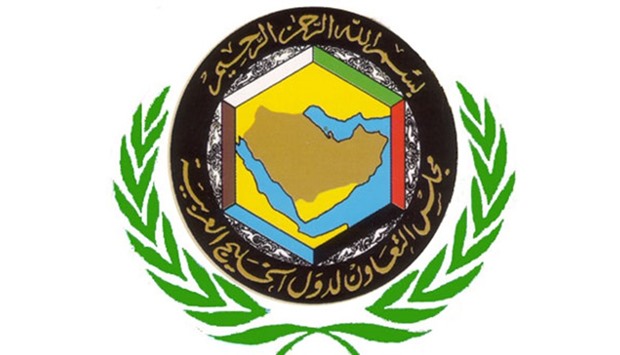Qatar ranks as the least vulnerable to natural hazards; even as the Gulf Cooperation Council (GCC), touted as a ‘cat-free’ zone, is increasingly prone to floods, thus requiring the regional insurers assess and manage their exposure to this category of catastrophe, according to A M Best, a global insurance rating agency.
The World Risk Index — which ranks 171 countries on a scale 1 to 171 with 171 denoting the least risk — has ranked Qatar as 171, carrying a risk of 0.08%, said the index prepared by United Nations University for Environment and Human Security.
Saudi Arabia was ranked 169 with risk of 1.1%, Bahrain 164 (1.76%), the UAE 163 (1.84%), Oman 152 (2.75%) and Kuwait 141 (3.26%).
Although the GCC states rank as some of the least risky countries in the world and that the region has thus far experienced very little damage from wind and earthquake events, A M Best said floods are a regular occurrence and have been the result of storm surges, cyclones and flash flooding due to heavy rain.
In addition to the floods experienced in February 2016, recent years have seen heavy downpours in the UAE, Qatar, Kuwait, Saudi Arabia and Bahrain, and cyclonic activity in Oman in June 2015, November 2011 and June 2010, A M Best said in a report “Flood Risk in the GCC — An Underestimated Catastrophe’.
“Flood risk represents an emerging threat in an otherwise benign region for natural hazards. As insurance penetration increases and risks are transferred from individuals and businesses to the insurance sector, considerable accumulation of exposures can be created,” it said, adding to protect their balance sheets, insurers will need to monitor their exposures and adjust their underwriting and reinsurance strategies to accommodate the risk.
Suggesting that insurers and reinsurers can pursue several strategies to manage their exposure to flood risk, it said companies can seek to evaluate and price in exposure, exclude natural catastrophe cover or pass the exposure to their reinsurers in the form of excess of loss reinsurance.
Insurers seek to protect themselves by avoiding risks in known flood-exposed zones and include warranties such as minimum ground plinth heights for buildings and palletising of goods in warehouses, it said.
Flood events can impact an insurer’s operating results and balance sheet strength through several insurance exposures, it said, adding property and engineering books can be affected by structural damage to buildings and for contents through inventory and raw material losses.
Furthermore, business interruption is also a key risk and can represent a significant contribution to the overall claims cost as insured parties are unable to use properties, while they are repaired, it said.
Flooding is typically covered by fire and allied perils policies issued by regional insurers, which cover all natural occurrences with no separate deductible applied, it added.
Additionally, flooding has the potential to cause significant deterioration in the performance of motor portfolios where flooded roads and car parks can quickly result in a large number of total losses, according to A M Best.
In the GCC, insurers’ exposure to flood events, at least on their property books, is limited by the low level of insurance penetration for personal property, and home contents insurance in particular.
“As a result, total insured losses resulting from these events have been low so far and headline figures for economic damage have largely not been passed onto insurers. As insurance awareness and penetration increases across the GCC, exposures are likely to increase, making this a greater risk for insurance companies,” according to A M Best.
Business / Eco./Bus. News
GCC insurers’ exposure to ‘floods’ rises; Qatar least vulnerable to natural hazards, says A M Best

GCC


